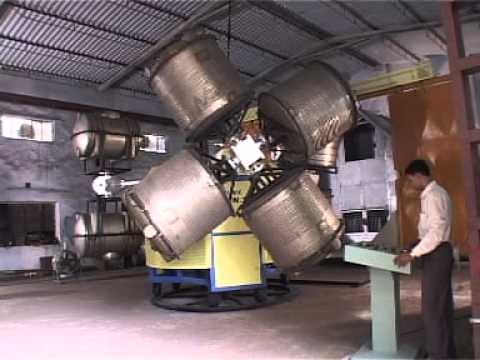
Utilizing Reinforced Polymer Materials in Rotomolding
Rotational molding is a manufacturing process that can develop components from various components, which include plastics, composites, and materials. It can be utilized for a wide array of merchandise, such as medical equipment, toys and games, automobiles, and furniture. In the following paragraphs we are going to supply a summary of Rotational Molding and clarify how it operates.
The Plastics Rotomolding method starts with the development of a hollow mold. This mold can be produced in virtually any shape or dimension and is also typically made from lightweight aluminum or metal. The mold will then be put in to a warmed cooker where it is actually rotated around two axes – hence the brand “rotational” molding – with a sluggish speed. This process will allow the content inside the mold to melt uniformly and coat the whole work surface. After the substance is melted and cooled, the aspect can be taken off in the mold.
One of the main advantages of rotational molding is that it creates extremely sophisticated shapes without requiring additional steps like machining or assemblage. This makes it well suited for making complex pieces with minimal effort. In addition, since the overall surface area of each and every part is coated with melted material, it makes sure that all the parts are uniform in fullness and weight. Because of this, rotational shaped items are highly tough and resistant against deterioration after a while.
Rotational shaped items also have high impact strength due to their constant wall structure thicknesses. This simply means they are able to withstand effects much better than some other kinds of made things for example blow-shaped plastic products which are usually thinner in some locations on account of atmosphere stress during manufacturing. Additionally, rotational molded products are totally free of seams or welds that gives them further energy in comparison with other manufacturing operations like injection or blow-molding which depend on these functions for strength.
Conclusion: To conclude, rotational molding is a great production process for creating complex forms efficiently and quickly without having to sacrifice good quality or durability. It gives you suppliers with an excellent way to make sophisticated goods with uniform wall structure thicknesses which leads to greater impact power than other creation techniques will offer. Additionally, simply because no more machining or set up actions are required following generation is done, it is then one of the more cost-effective approaches available today for producing premium quality plastic material elements quickly and efficiently. Therefore alone it’s clear why numerous businesses make use of this adaptable generation means for their each day needs!